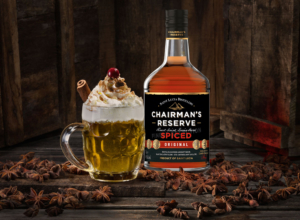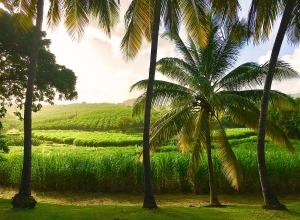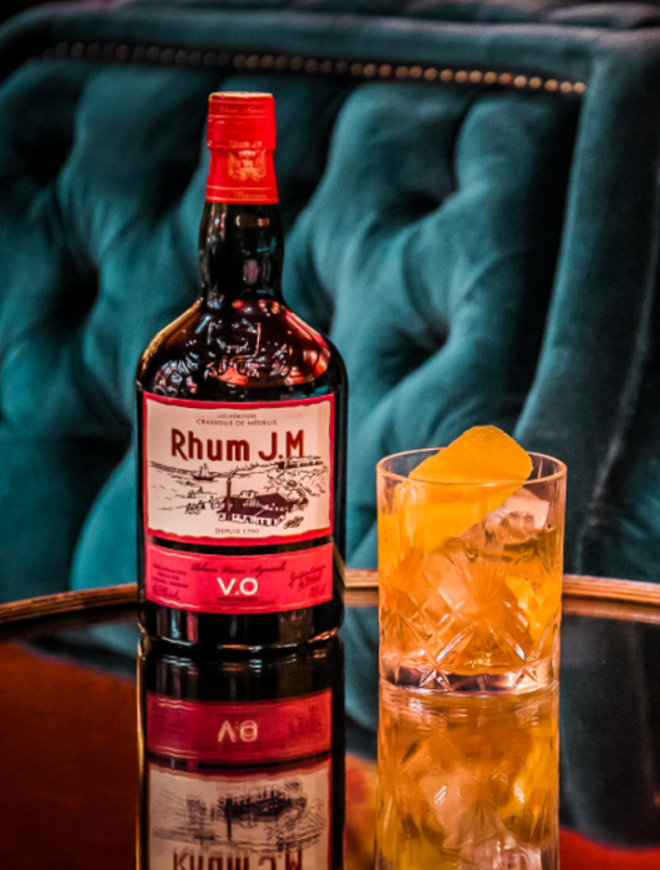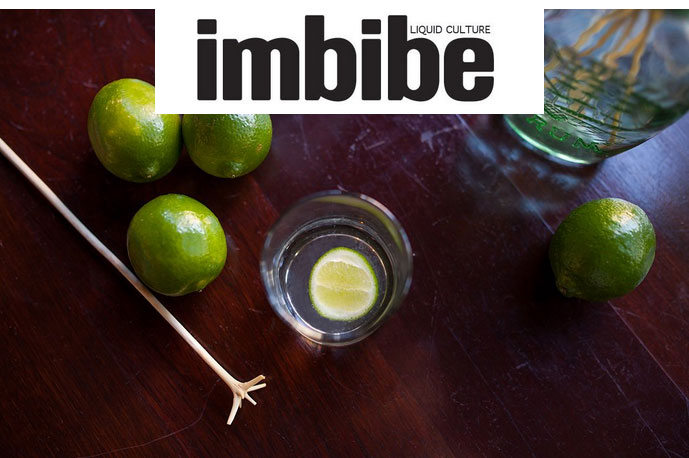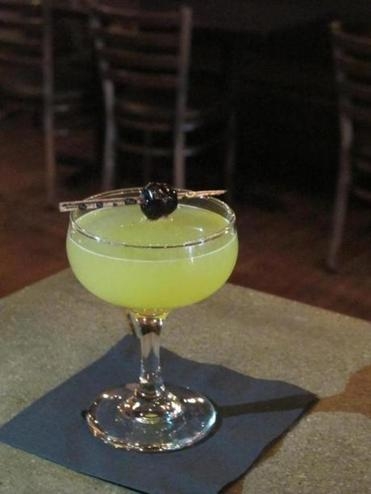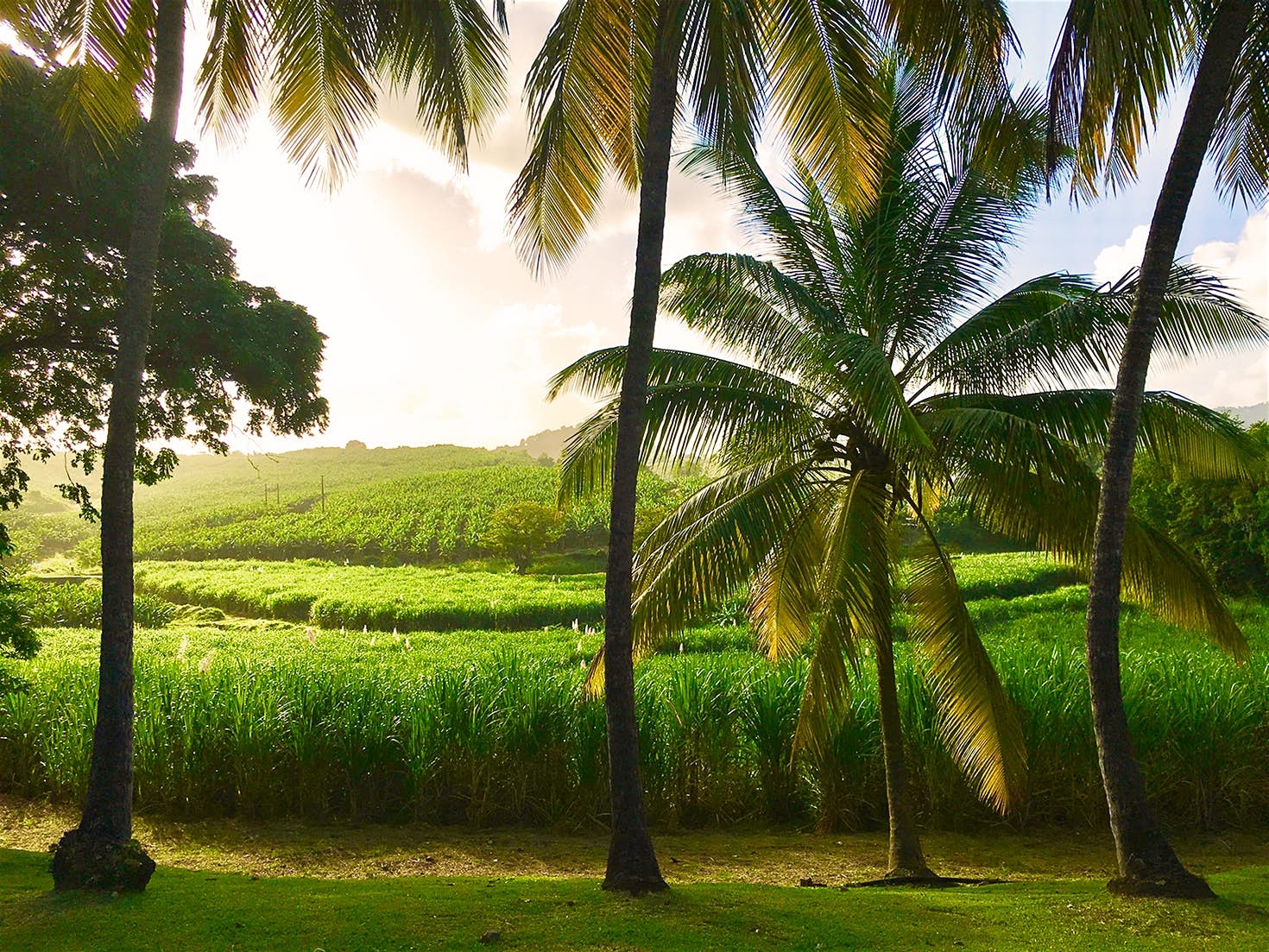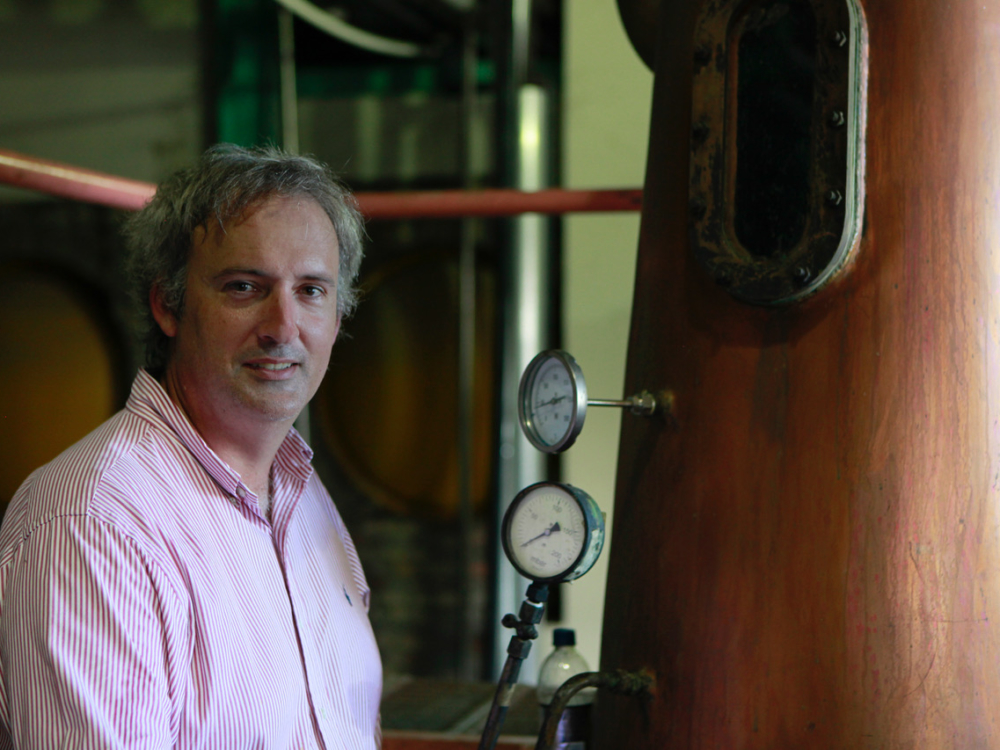
Everyone in the rum world knows Richard Seale, master distiller and blender at R.L. Seale and Foursquare Distillery in Barbados. Seale took a moment to chat with us about one of his most popular products, John D Taylor’s Velvet Falernum.
Falernum is a unique spirit. Can you tell us a little bit about how it’s made?
Falernum is made by blending rum, lime juice, sugar syrup and certain characteristic spices.
What is the history and tradition behind falernum in the Caribbean?
Falernum originated in Barbados in the 19th century. The exact origin is unknown but it was prepared by the various traders who supplied wines, spirits and various liqueurs of their own making. It’s curious because its origin seems commercial rather than “homemade.” However, the fact that it was common across several producers suggests some kind of homemade root. It would also be strange to have a viable commercial version of something ‘homemade’ in the 19th century. Most likely, then, it seems it was a liqueur of the well-to-do. Falernum recipes were closely guarded secrets of each producer and the practice of a homemade Falernum was long lost if it ever really existed.
Why sorts of cocktails does falernum work well in?
I am not the best qualified person to answer that. Falernum was known to Don the Beachcomer because of his travels to the Caribbean and he chose to make it an essential ingredient of many of his cocktails. It is this exposure that has cemented Falernum’s place in history.
It is famously used in the Barbadian Corn ’n‘ Oil. This originally used brandy and Falernum which is consistent with the suggestion that Falernum was a liqueur of the well to do. I suspect the intervention of the Great War in 1914 forced the switch to Rum and the recipe we know today for Corn ’n‘ Oil.
What sorts of rums does falernum mix best with?
Don the Beachcomer famously used many different rums to add dimensions to his cocktails and Falernum seems to work well with all of them. The marriage of rum, lime and sugar is universal.
Do you have any advice to bartenders on how to use this ingredient?
Only to be wary of imitation Falernums and recipes of dubious origins. The lack of availability of authentic Falernum led bartenders to invent their own – and these recipes were guessed at and very inaccurate. The original Falernum recipes were secret. Today, they are also commercial imitations which bear little relation to the many true Falernums that were sold in Barbados over the last 100 years. Many Falernums have been sadly lost to time, In the past, every rum brand bottled a Falernum. There was an R.L. Seale Falernum and a Doorly’s Falernum in the past, but today only John D Taylor’s Falernum survives. Similarly we lost John D Taylor’s Rum.
Corn ‘n’ Oil
Ingredients
Ice
½ ounce falernum, preferably John D. Taylor’s Velvet Falernum
2 ounces of Dark Rum: R.L. Seale’s 10 year or Doorly’s XO Barbados rum
Lime slice
Directions
Stir in an old-fashioned glass filled with ice cubes. Garnish with a lime slice.


